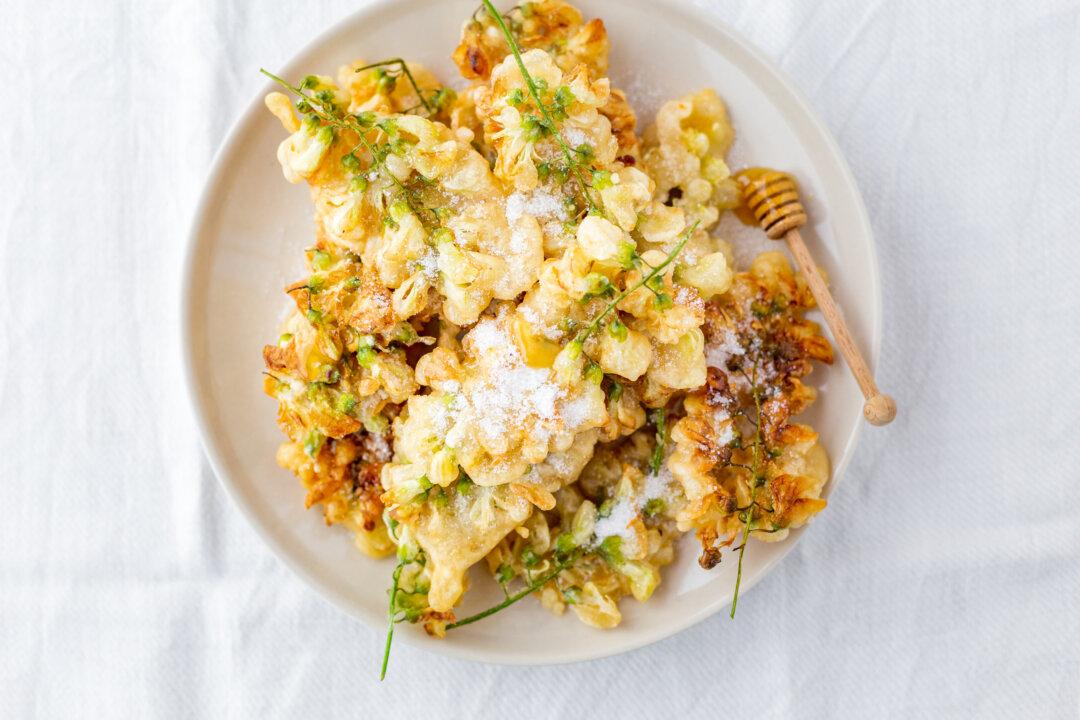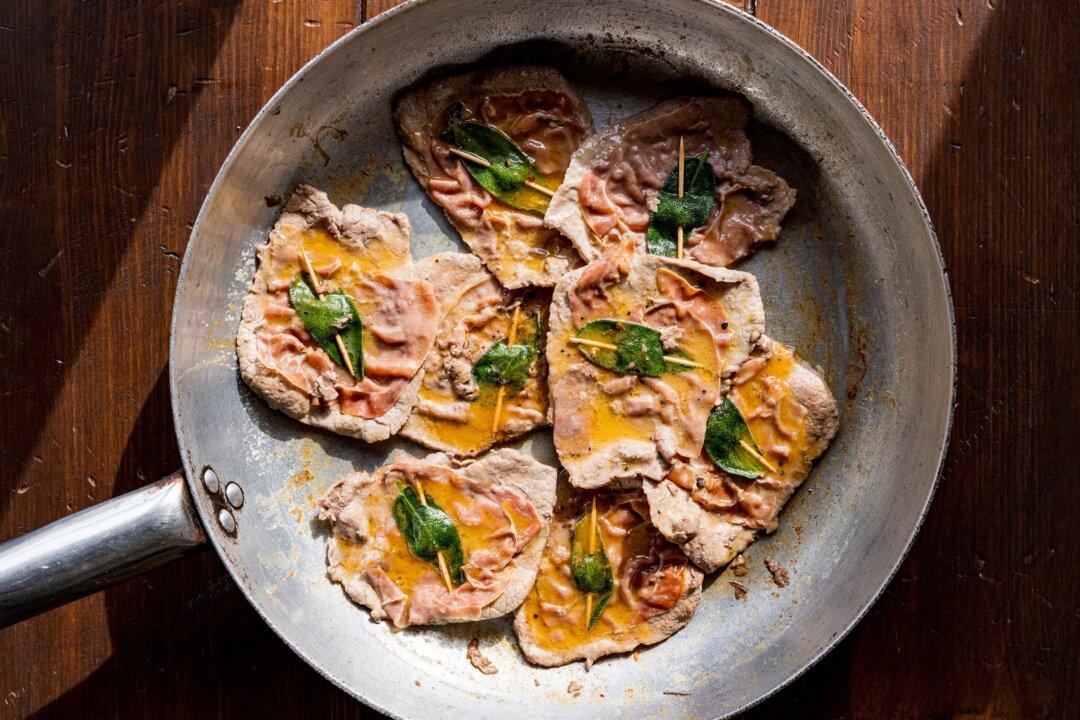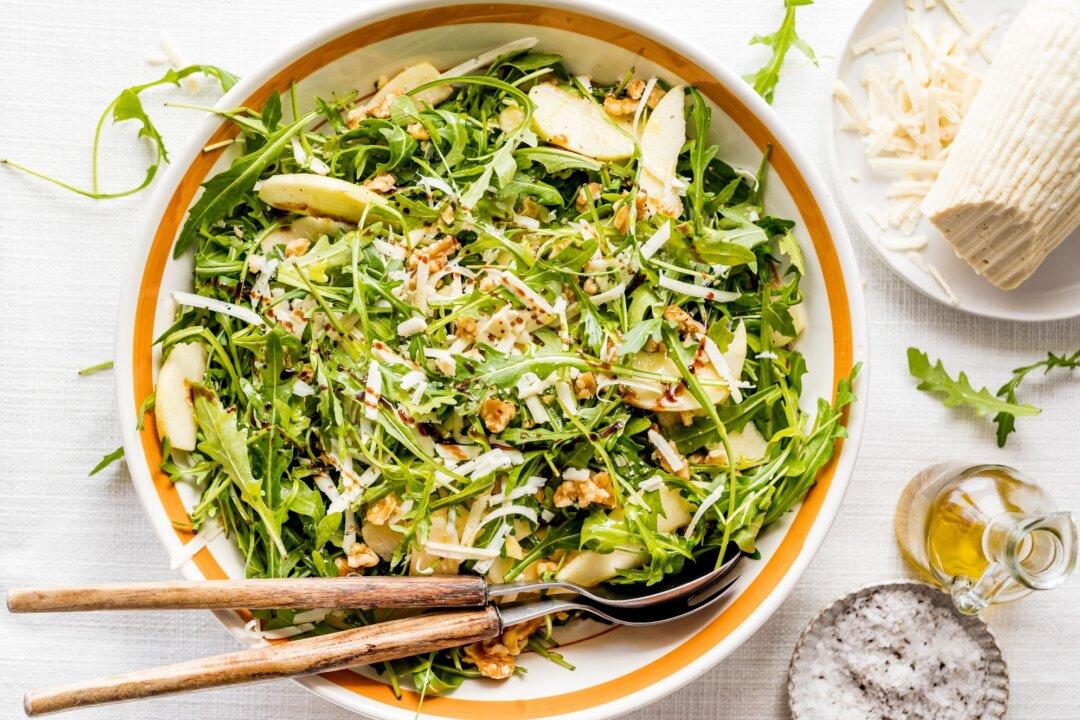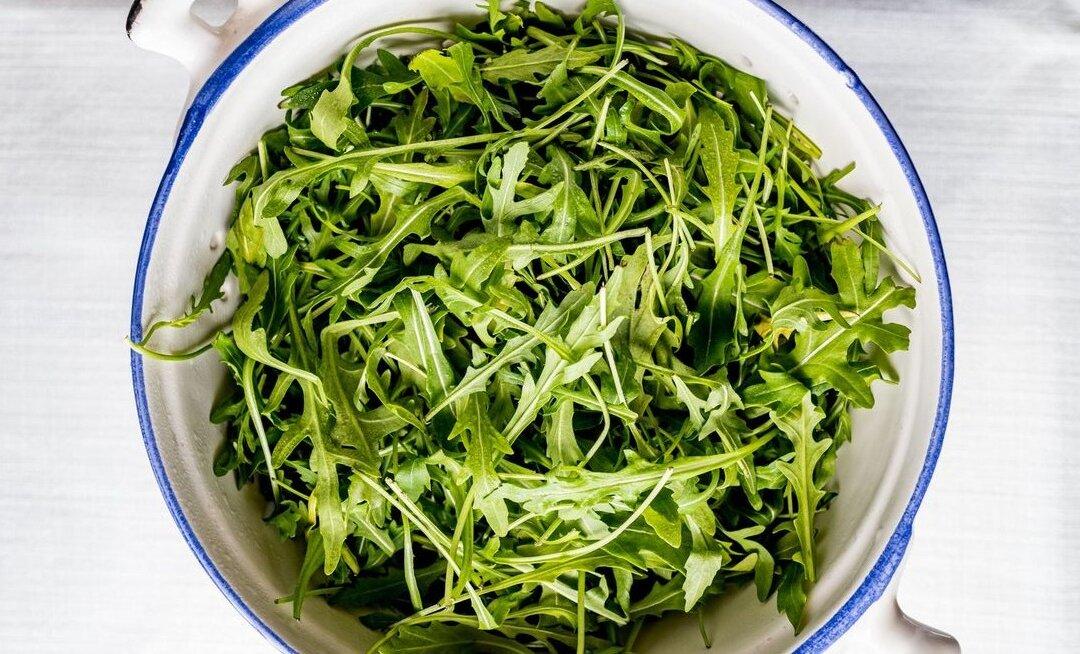I’ve always had a fascination with all the edible treasures that grow in the wild.
Before my family had a vegetable garden and an orchard, there were always bitter herbs to be foraged, tiny tart wild apples to be picked, hedgerows of blackberries teeming with life at the end of summer. There were pine nuts collected under century-old pine trees, and wild mushrooms that Grandma would bring home in a wicker basket.





